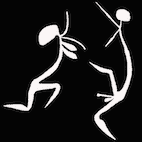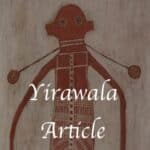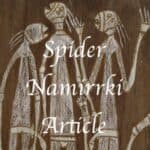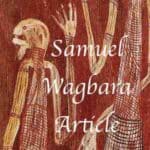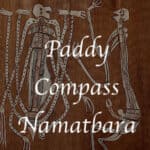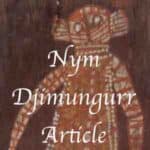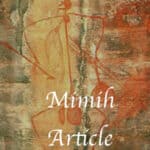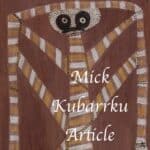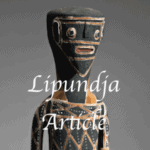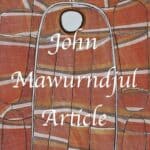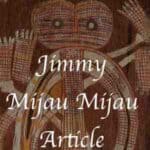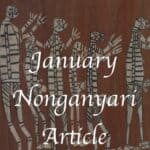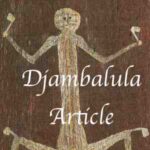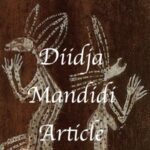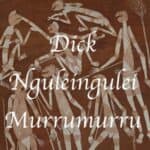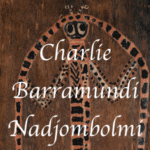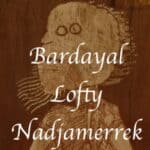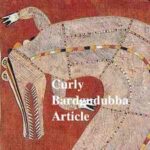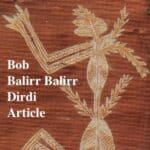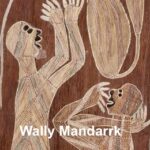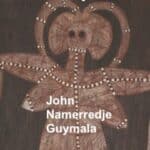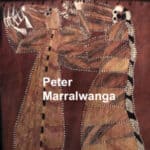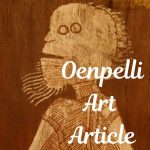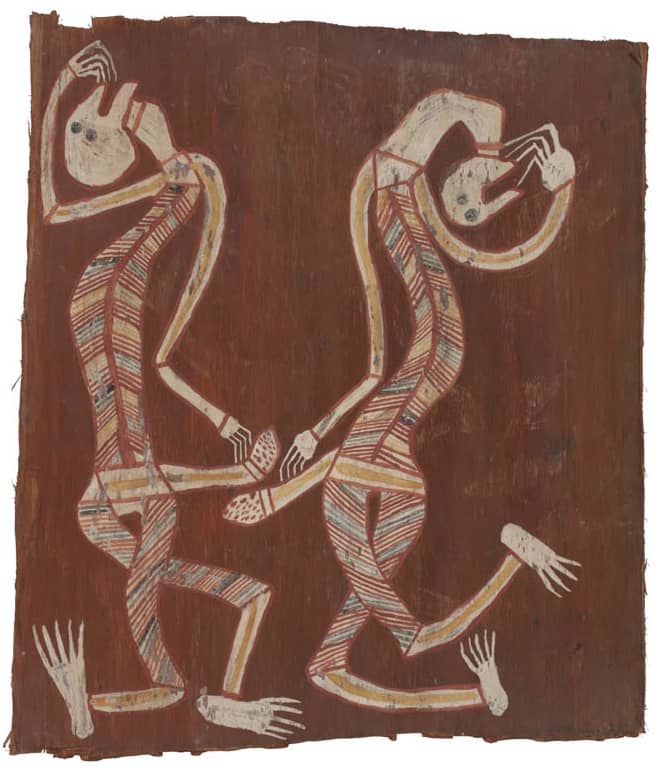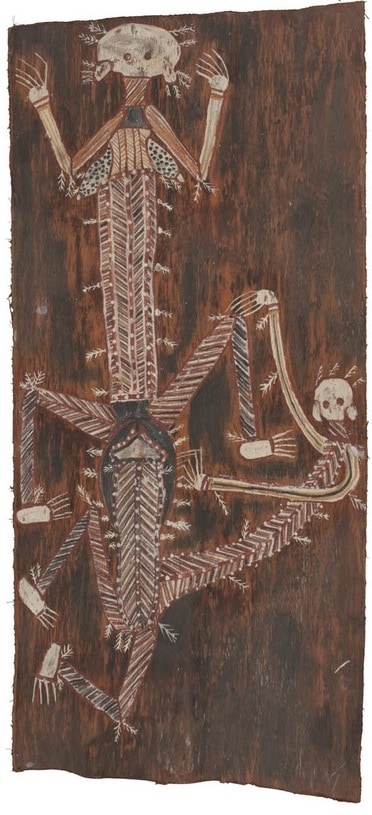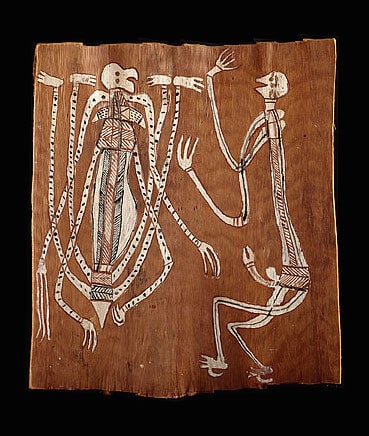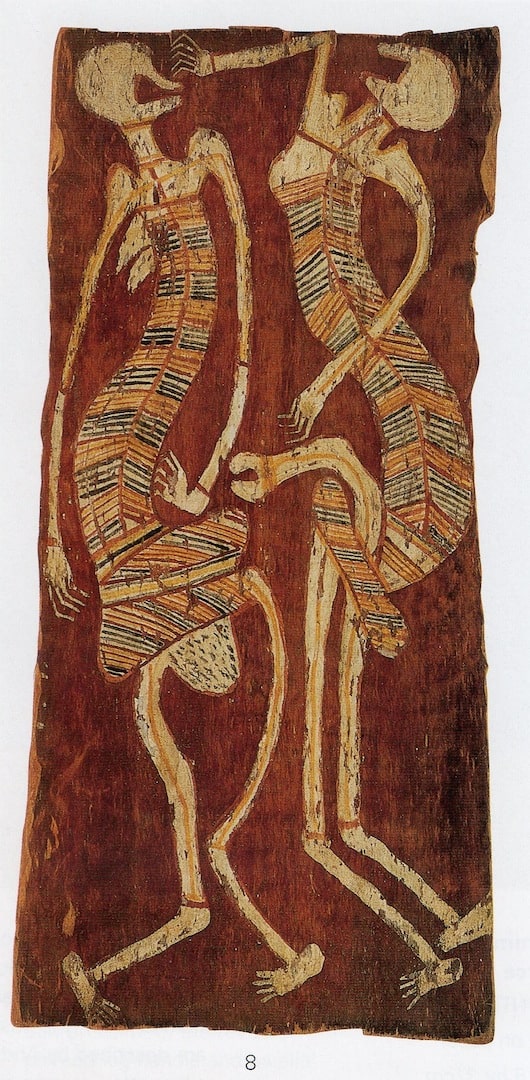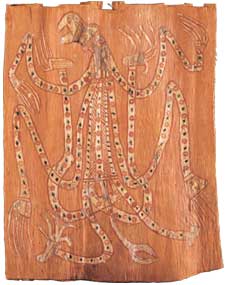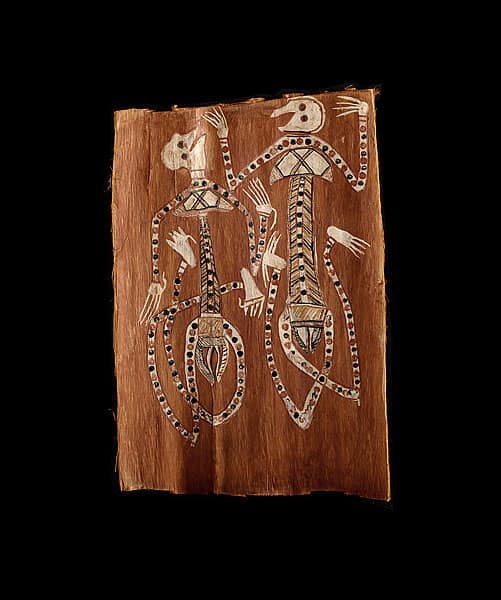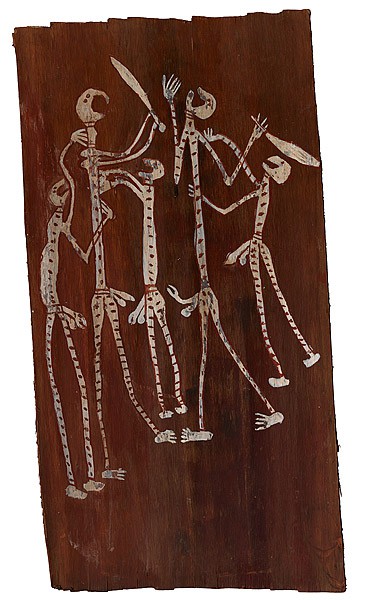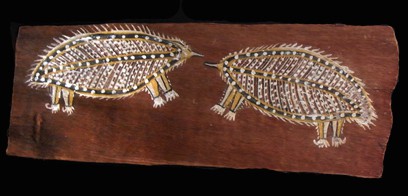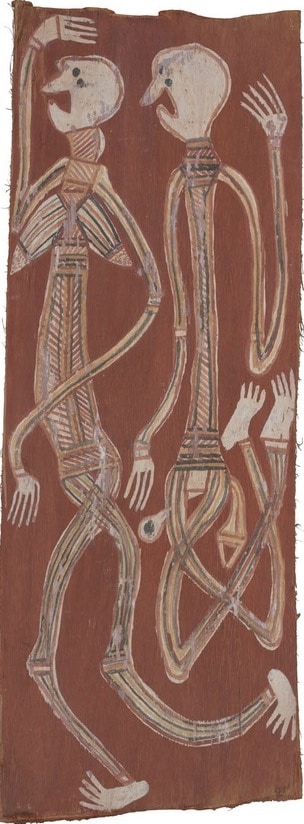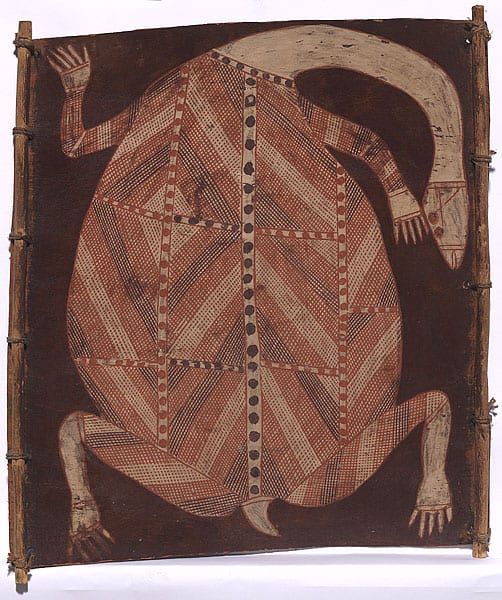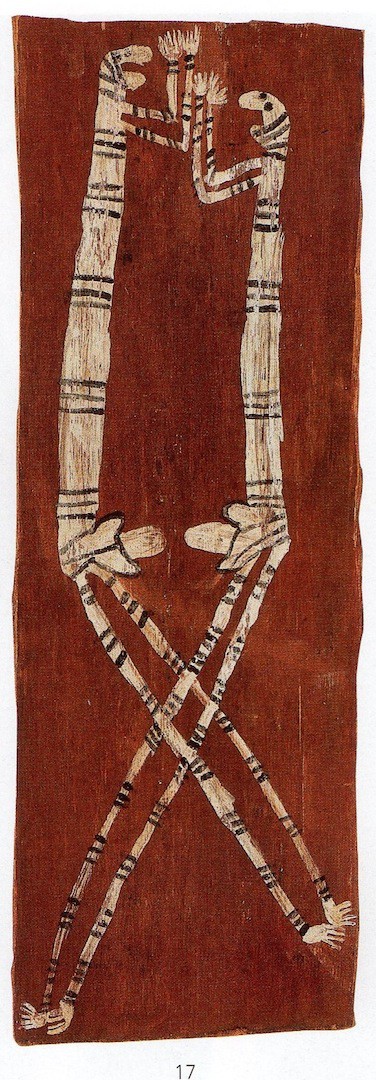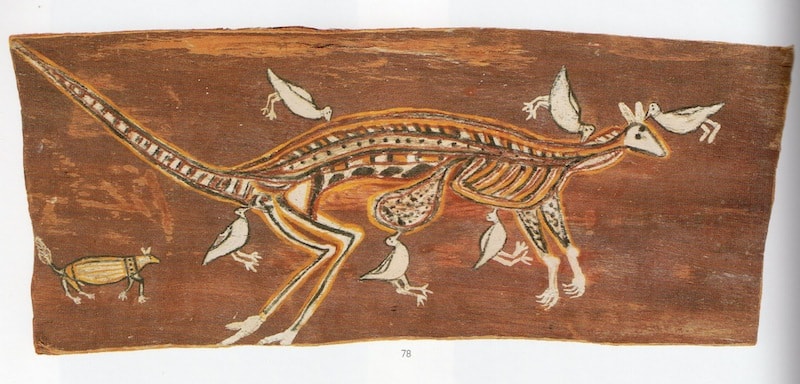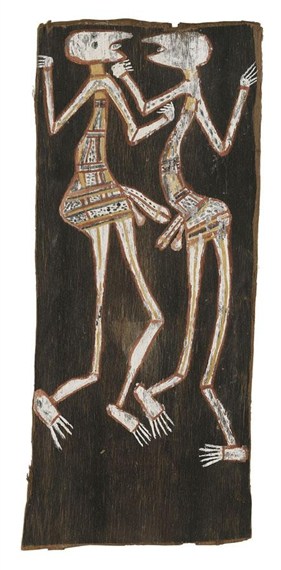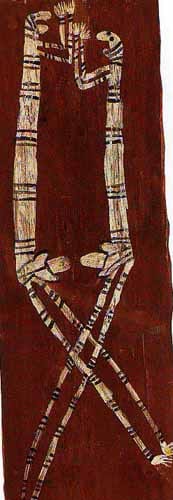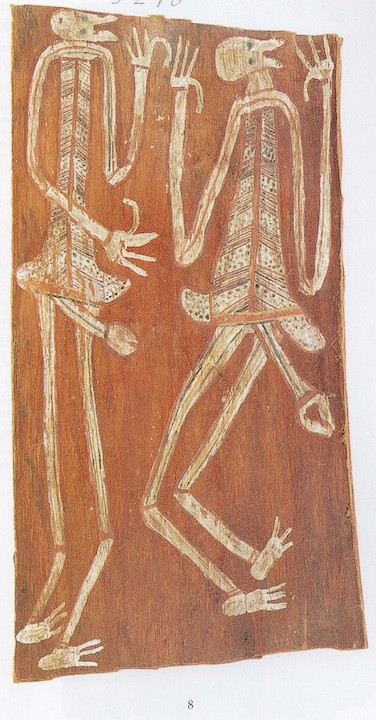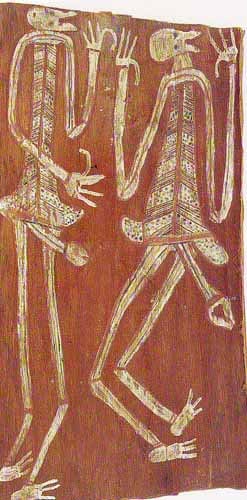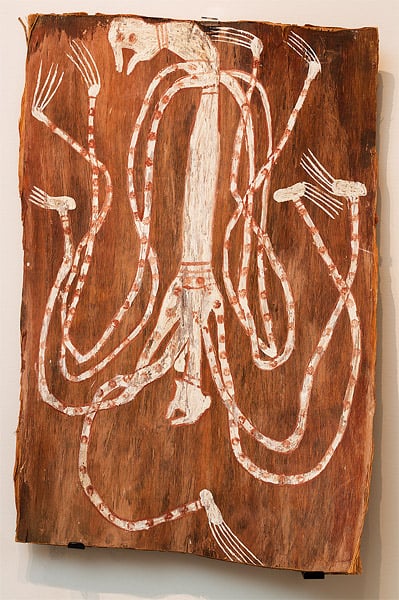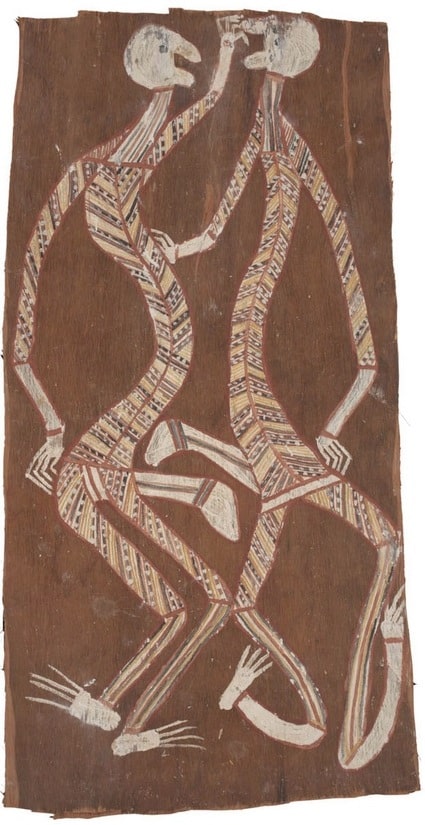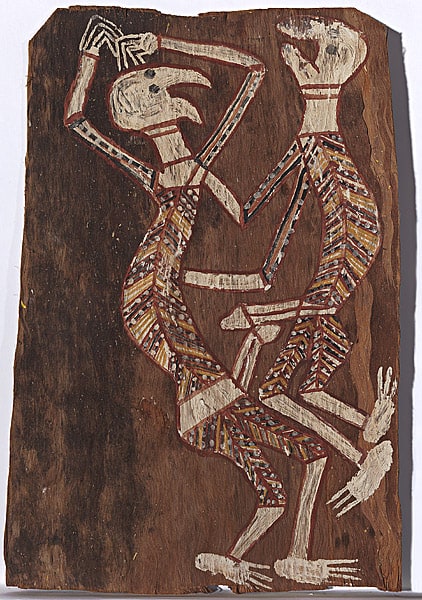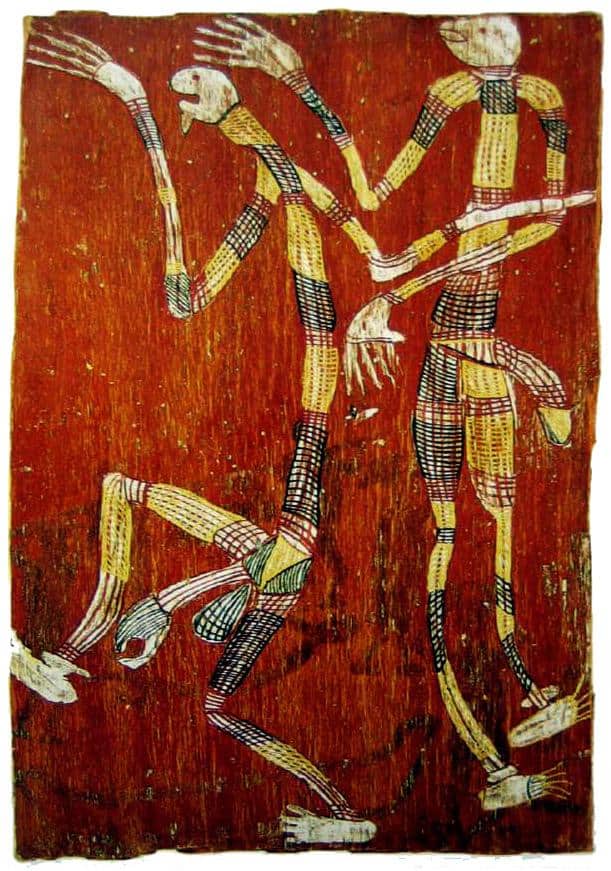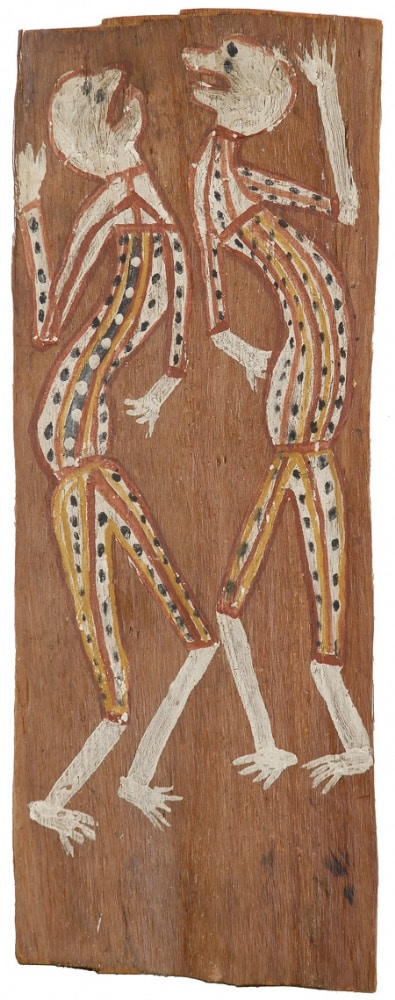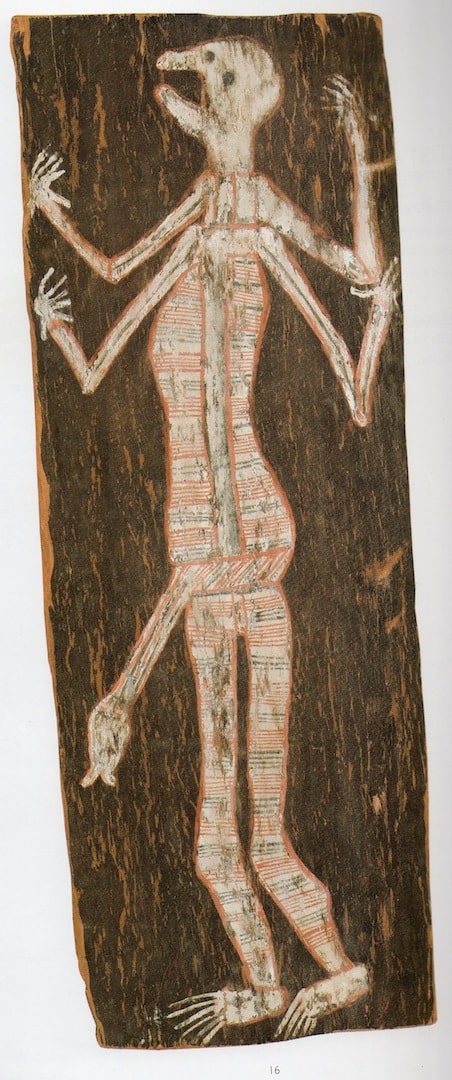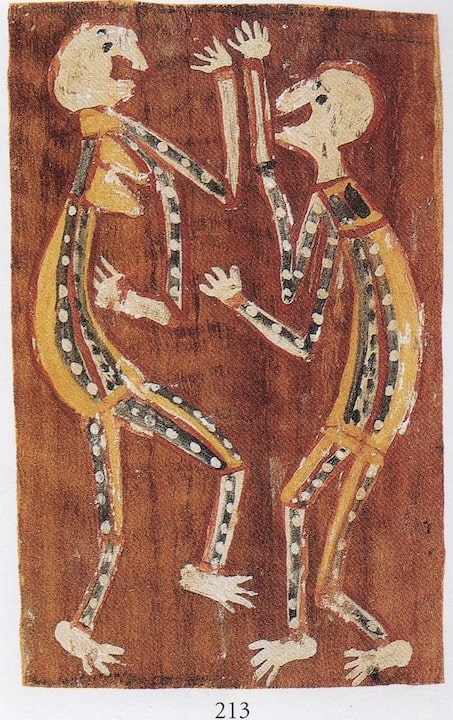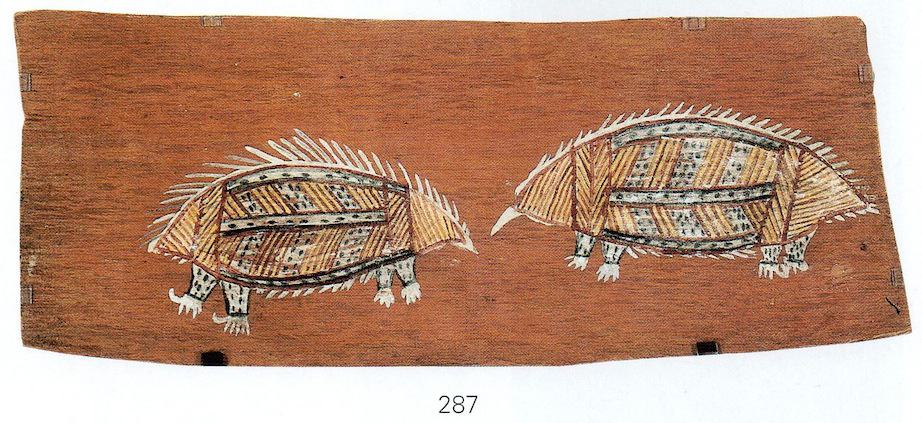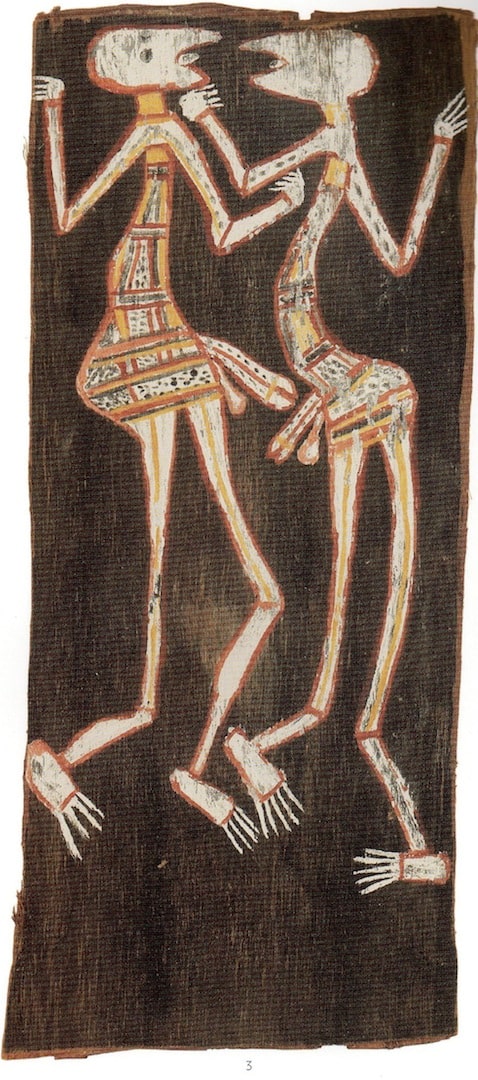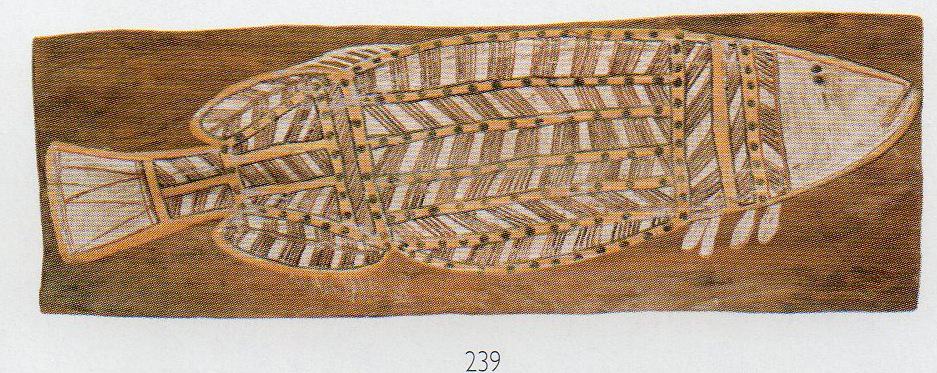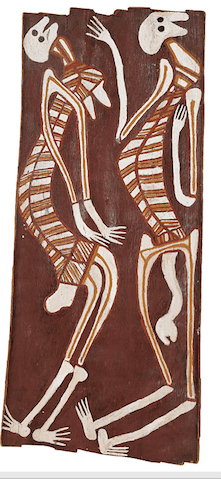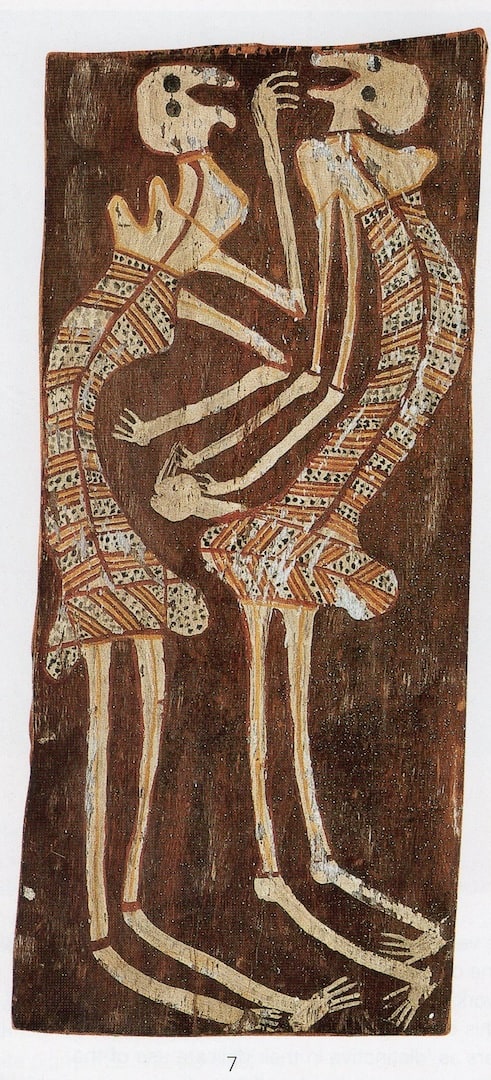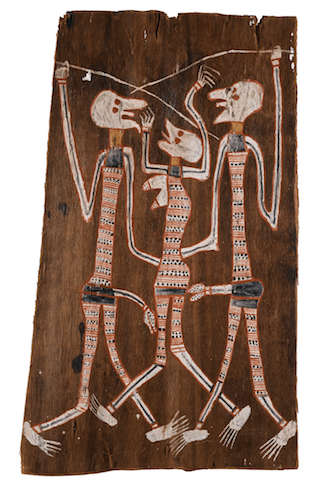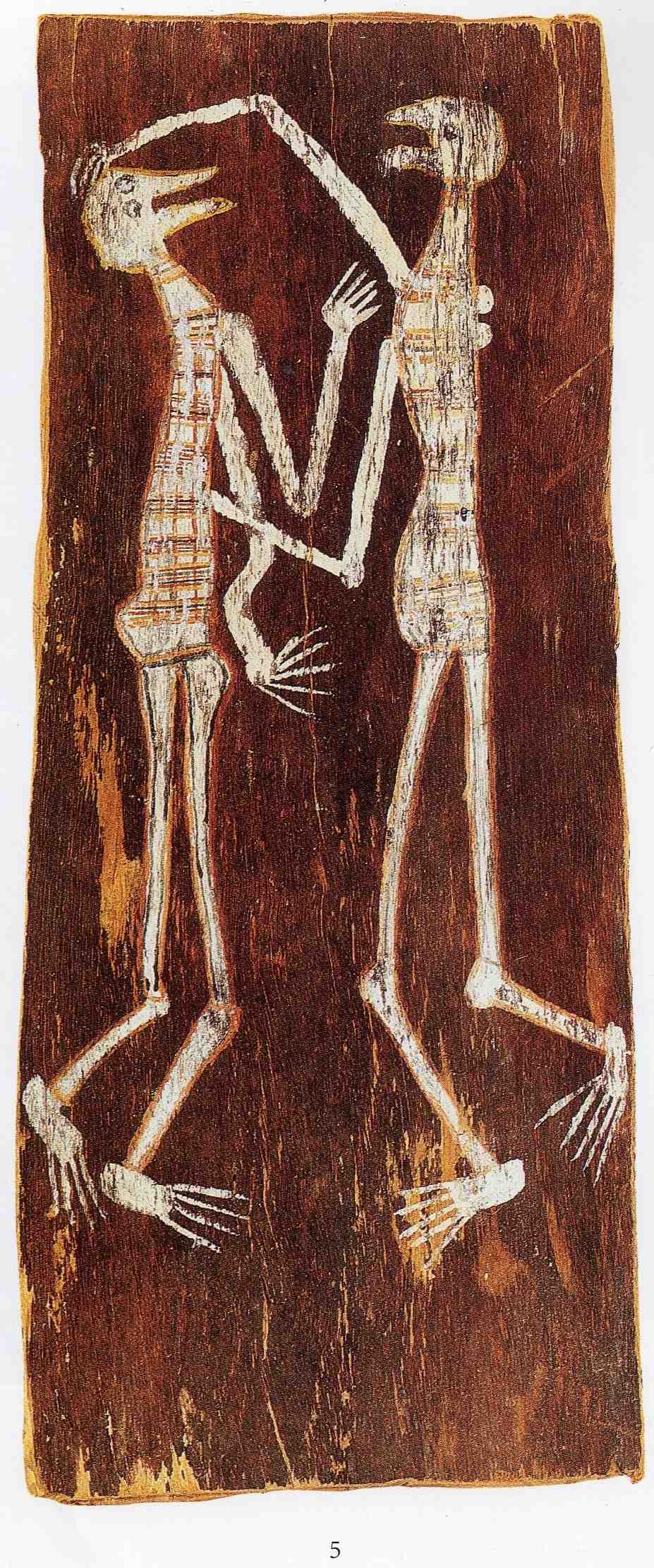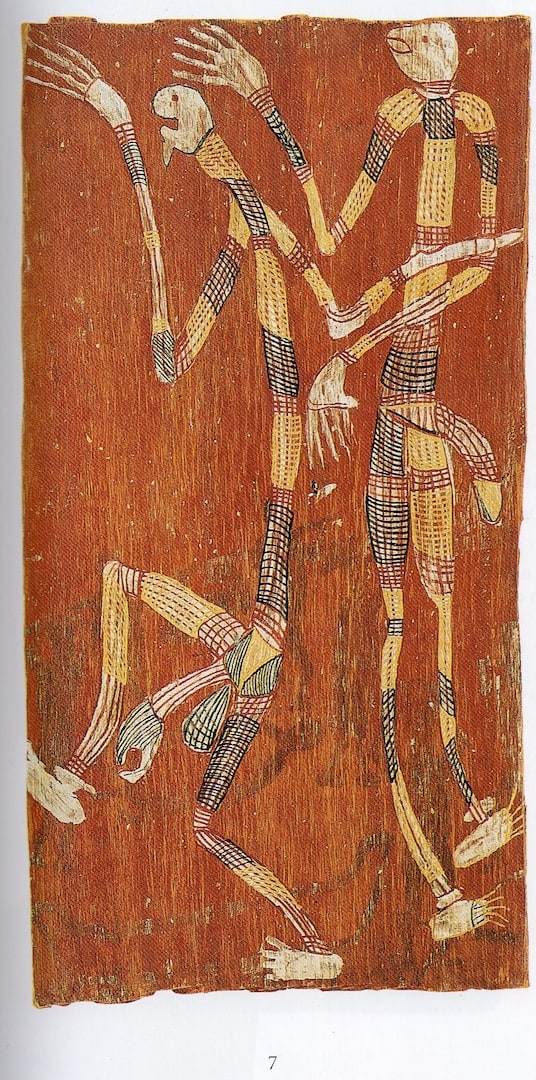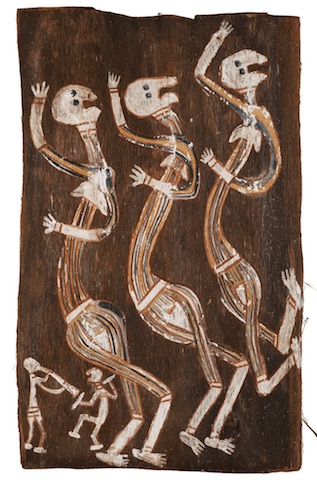Paddy Compass Nabadbara : Painter of Magic
Paddy Compass Nabadbara began painting on Croker Island from as early as 1941 at the mission at Minjilang. The bark paintings Paddy Compass Nabadbara produced are fluid and uninhibited. Many of his paintings are sexual and show deformed beings associated with sorcery. The aim of this article is to assist readers in identifying if their aboriginal bark painting is by Paddy compass Nabadbara. It compares different examples of his works.
If you have a Paddy Compass Nabadbara bark painting to sell I would love to buy Nabadbara bark paintings from you. Please feel free to contact me.
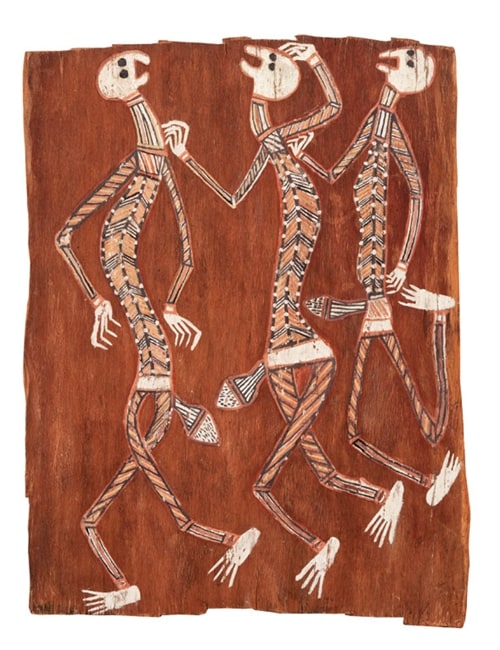
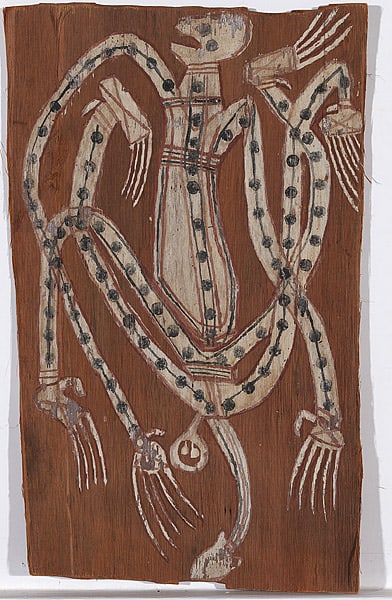
Style
His style is Crocker Island and his art shines when it comes to depicting spirits on bark paintings such as Mimi and Maam. He was not as prolific as some other Bark Painting artists from this region such as Yirawala. You could argue his barks are not as refined as some but his depiction of spirits, in my opinion, transcend in their raw power. He also demonstrates a strong lack of western convention on how things “should” be painted.
Paddy Compass Nabadbara’s early works show male and female spirits. The spirits genitals have exaggerated proportions and sinuous limbs. The most distinguishing feature of a Nabadbara painting is the depiction of the faces of the spirits. The faces are most usually white with the mouth depicted almost like an ants pincers. He often draws the eyes one above the other in a near vertical fashion using solid black dots. Nabadbara is not the only bark-painting artist to depict the faces in such a way but it is a very useful indicator.
His barks are sometimes mistaken for other Crocker Island artists such as January Nangunyari or Jimmy Midjaw Midjaw. More often though it is other artists like Samuel Wagbara and Spider Nabuna works that are wrongly attributed to Nabadbara.
Paddy Compass Nabadbara also depicts animals on his bark paintings. These include fish, echidna, and turtles. I do not think this is where his bark paintings excel though. His barks of animals are not particularly detailed and are crude. This crude coarse style when used on spirit figures seems to give them the strength of simplicity and power. When used on animals it can look stark.
Biography
Paddy Compass was born on Crocker Island around 1890 and died in 1973. He was from Alardju clan and spoke Iwaidja language and belonged to the Duwa moiety.
Unfortunately, very little information is known about this fascinating artist. If anyone has further information about the life of this artist please feel free to contact me. I would love to add it to this article.
Nabadbara is sometimes referred to as Nobadbara, Namatbara or Namadbara
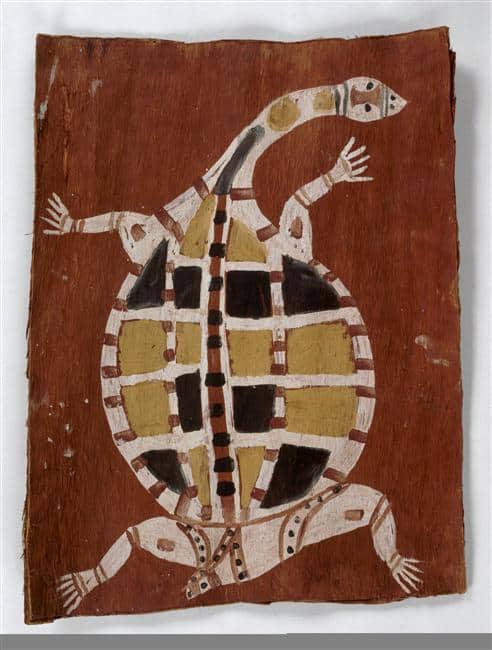
All images in this article are for educational purposes only.
This site may contain copyrighted material the use of which was not specified by the copyright owner.
Western Arnhem land Artists and Artworks
Paddy Compass Nabadbara Images
The following are images are not a complete list of works by the artist but give a good idea of the style and variety of the artist.
